Being diagnosed with a serious, incurable illness is a devastating blow. What follows can be a whirlwind of information from a variety of sources – hospital appointments, leaflets, websites, helplines, well-meaning friends and family, and the media.
 This mass of medical jargon can be a complex road to navigate for anyone, but particularly overwhelming when the diagnosis is of a disease like Alzheimer’s which affects cognitive impairment.
This mass of medical jargon can be a complex road to navigate for anyone, but particularly overwhelming when the diagnosis is of a disease like Alzheimer’s which affects cognitive impairment.
Whilst some people will already be at an advanced stage of the disease when they are diagnosed, others will still be in the early days and will have many questions about what lies ahead of them.
September is World Alzheimer’s Month and aims to shine a spotlight on the condition, which is becoming increasingly prevalent as life expectancy rises.
Statistics from The Alzheimer’s Society show that there are around a million people in the UK with the disease – and this figure is set to rise to 1.4 million by 2040.
As with many illnesses, it is not just the patient who is affected by the diagnosis, but those around them. In fact, it is often friends and family who take on the caring role and will be the ones who have to find a way to explain to their loved ones what is happening to them. Equipping this army of carers with simple, easy-to-interpret information is key.
The Alzheimer’s Society website is a fantastic example of clear, accessible communication. The majority of its factsheets and information leaflets are offered in a range of formats – video, audio and Braille, as well as the standard printed offering. They also have some great examples of Easy Read factsheets for those with learning disabilities, which combine bitesize chunks of text with images.
The importance of tailoring your communications to meet the needs of your audience in this way cannot be underestimated. A one-size-fits-all approach doesn’t work – particularly in the field of health, where those receiving the information may already find themselves bewildered by the situation they are in.
The Alzheimer’s Society is a great example of an organisation doing all it can to ensure its messages reach as many people as possible.
This World Alzheimer’s Month, let’s take a leaf out of their book and keep in mind those audiences who may not find ‘traditional’ methods of communication the easiest to understand. Effective communication can be about a lot more than just words.
If you’d like us to help you create effective communications with impact, contact us today.
